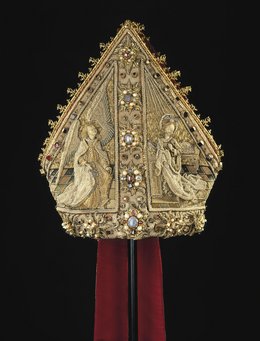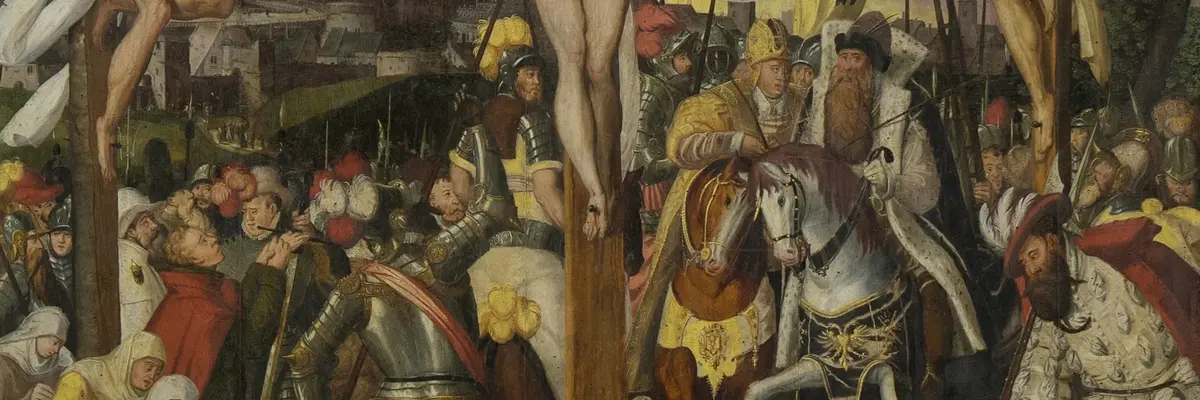
Court Art for Saxon Switzerland
The Lohmen Altarpiece by Heinrich Göding the Elder
In the late sixteenth century, Heinrich Göding the Elder (1531 – 1606) was the busiest painter at the Dresden court. He was responsible for decorating the electoral palaces – the wall paintings in the hunting palace of Augustusburg and in the Long Corridor in Dresden Palace were done by him. In 1575 he produced a winged altarpiece for the church of Lohmen in Saxon Switzerland. The importance to him of this assignment is evident from the fact that he signed and dated this work on the central panel, which depicts a Crucifixion scene against the backdrop of a Renaissance town.
- Exhibition Site Residenzschloss
- Dates 16/03/2022—10/06/2022
Obwohl das Smalte-Blau
Although the smalt blue of the inscription panels and the garments has faded, and the gilding has been lost, the high quality of this work of art is still unmistakable. The sumptuous armour and garments of the fi gures are rich in detail, and the biblical story has been set in 1575, when Emperor Maximilian II visited Dresden and held court in great splendour. The imperial double-headed eagle appears several times, and those witnessing Christ’s death on the Cross bear the features of high-ranking contemporaries. One of them is undoubtedly the privy secretary to the Elector, Johann Jenitz.
Altar
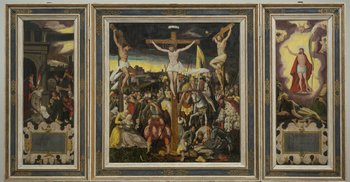
Jenitz gehörte
Jenitz was one of the closest advisors to Elector August of Saxony. He was highly influential at the court and was in contact with the painter Heinrich Göding. He had a particular interest in mining and was himself an entrepreneur, trading in smalt, among other things. During the period 1567/72 the Elector endowed him with the estate and grange of Lohmen in Saxon Switzerland, along with all the associated revenues, rights and privileges. When, in 1575, he commissioned the altarpiece for the church in Lohmen, which was also part of his domain, no artist other than the pre-eminent Dresden court painter, Heinrich Göding, was considered worthy of the task.
When a new, and larger, church was built in 1789, Göding’s altarpiece was removed from its original location and fell out of use. Over the centuries, the work suffered from excessive light exposure, dry rot, and graffiti. However, it was never painted over, so that it has survived in remarkably original condition. In 2021 the altarpiece was restored in Dresden.
Before the altarpiece is returned to Saxon Switzerland, there is now a unique opportunity to view Göding’s painting alongside other works by the same artist held in the Kupferstich- Kabinett and in direct proximity to the Long Corridor, which he decorated. The exhibition also focuses on Johann Jenitz, in cluding an ornate rapier owned by him which has been preserved in the Rüstkammer.

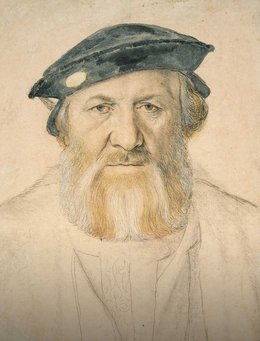
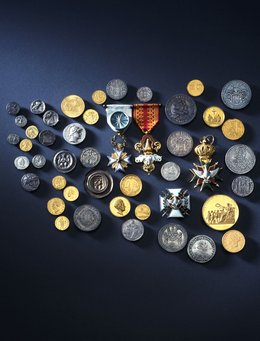
![[Translate to English:] Weltsicht und Wissen um 1600 Brettspiel mit 30 farbigen Holzsteinen](/fileadmin/_processed_/7/5/csm_rk-weltsicht-ausstellungsteaser-portal_01a0ab1a9f.jpg)
